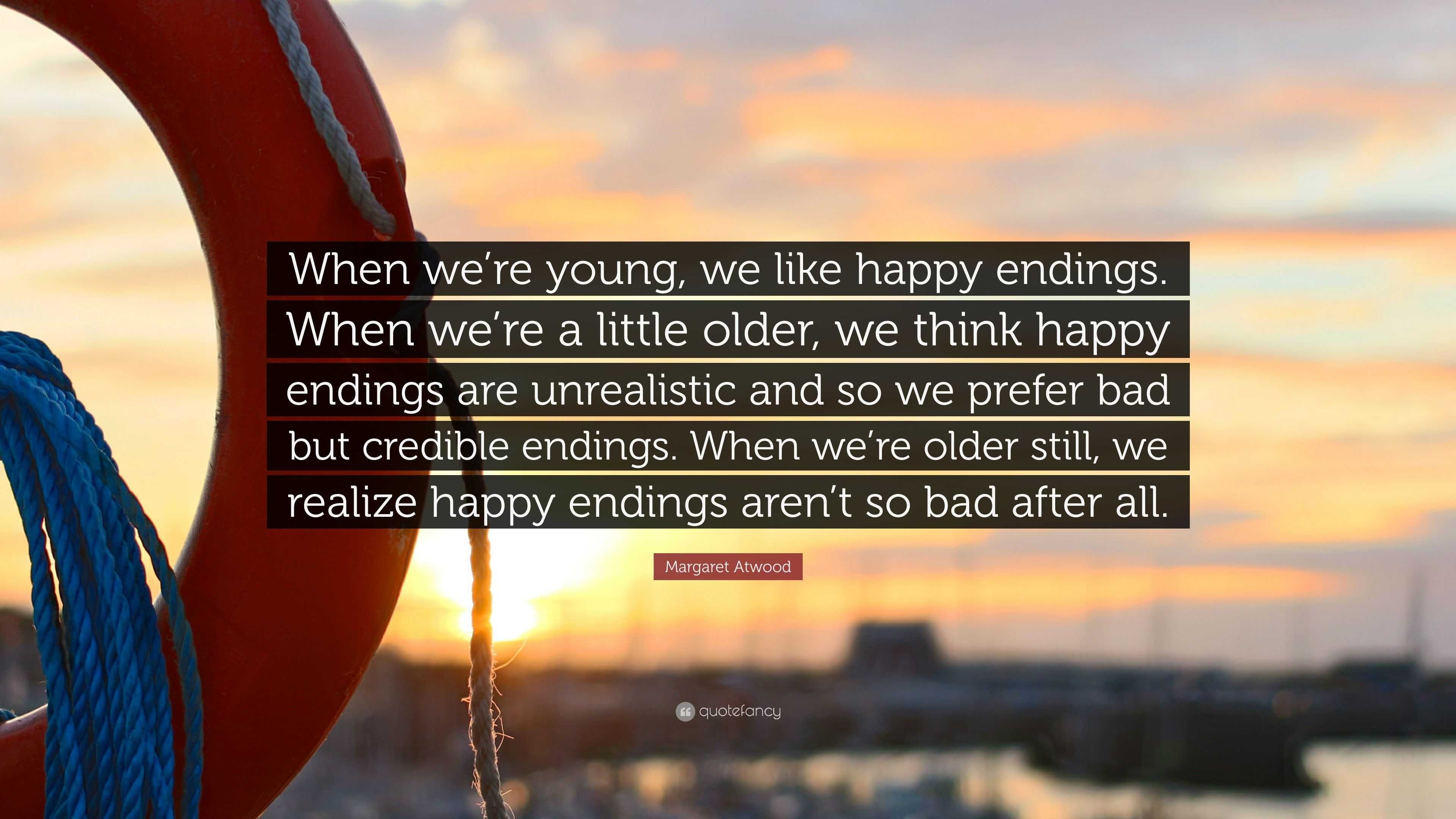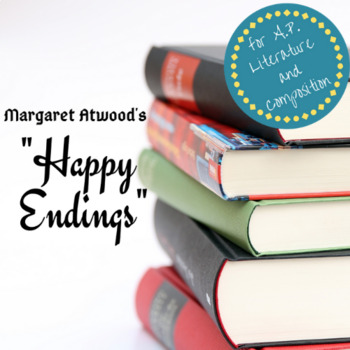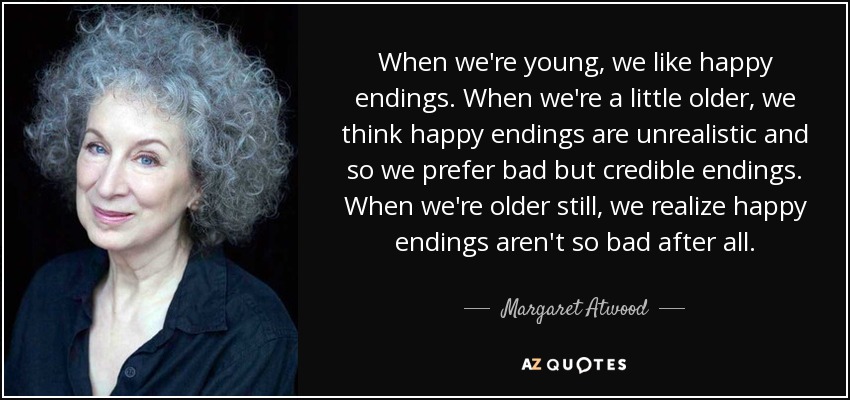

In-text Citations and Works Cited list: Include in-text citations for any quotations by using the page numbers. Title: Include the title of the story and the focus of your essay. Characters in terms of the two sides of the court case.The working-class speech (dialect) spoken by most of the factory girls.The plot’s conflict, climax and resolution.Grace’s character development from the beginning of the play to the end.You must use literary terms as shown in the guides below. For this essay, your goal is to provide literary analysis of one of these elements. Topic #2: Usually when you write about plays/drama, you discuss its setting, characters, structure/plot, theme, and use of dramatic devices such as dramatic irony.

There is NO library research required for this essay! Just use the sources provided in the Week 6 folder and the Heroine Journeys Project website. If you prefer to do a more traditional analysis of the play, then you can do Topic #2. Choose 3 of these stages to write about, most likely from the beginning, middle and end of the play. As you review them, try to match the stages to the plot and characters in the play. For this essay, your main goal is to show where you see the stages of the heroine’s journey arc as developed by Victoria Lynn Schmidt in Radium Girls. You will be writing a literary analysis essay, so follow the guidelines in the pdf, “How to Write Literary Analysis Essays” and the rubric for ENG 201 essays. I will upload a “Guidance” handout with the Works Cited information (more)

You can discuss the long-lasting effects and contributions the girls made to science, law, workers’ rights, education, and society.Requirement: Present your own thoughts about your topic and Radium Girls in general.Try to create a strong conclusion that leaves us with something to think about.Include a few quotations as your textual evidence but not plot summary.Make sure you have clear topic sentences.Your body paragraphs should be developed around a stage of the heroine’s journey or a specific point you are making, not the chronology of the story.Conclude with a thesis statement that identifies what elements you discuss in your essay and how they contribute to the play’s theme or meaning, if applicable.Elaborate on the one you discuss in your essay.Begin with a general discussion of the play and various dramatic elements.Avoid phrases such as “I will discuss” or “In my essay.”.Conclude with a thesis statement that identifies which stages you discuss in your essay.Elaborate with some specifics about Schmidt’s arc.Begin with a general discussion of the heroine’s journey (in relation to the hero’s journey).Grace Fryer Finds Her Voice in Radium Girls.A “Quest for Wholeness” in Radium Girls.Schmidt’s Heroine’s Journey Stages and Radium Girls.GradeSaver, 13 June 2023 Web.For this essay, your main goal is to show where you see the stages of the heroine’s journey arc as developed by Victoria Lynn Schmidt in Radium Girls. Metafictional works deliberately draw attention to the fact that they are being curated by an author or artist they ask the. It is therefore considered a piece of metafiction, or fiction written about other fiction.

#Happy endings margaret atwood literary techniques how to
Next Section Metafiction Previous Section Irony Buy Study Guide How To Cite in MLA Format GradeSaver "Happy Endings Imagery". 'Happy Endings' is a short story about short stories, or about the writing process more generally. The "how" and "why," the story suggests, are where elements like imagery are ultimately generated. This is a deliberate choice, as the narrator at the end of the story announces that plots are "just one thing after another" (F). However, in general, the story is markedly devoid of imagery. As the story continues, the narration becomes slightly more vivid when elements of drama and hardship are introduced – Mary and John's relationship in version B, for example, is peppered with small details about Mary's lipstick and the way John gets undressed. In version A, for example, the narrator describes Mary and John's life together in a purportedly "happy ending." However, she uses only simple, declarative sentences that report rather than dramatize the events of their lives. The story actually displays a notable lack of imagery throughout.


 0 kommentar(er)
0 kommentar(er)
